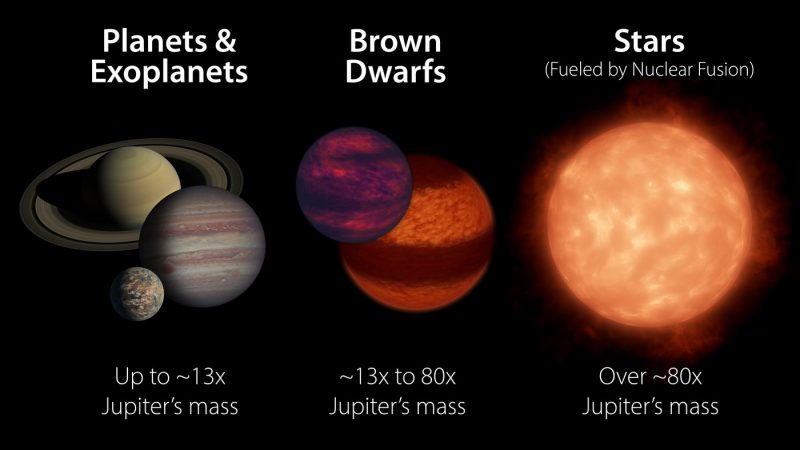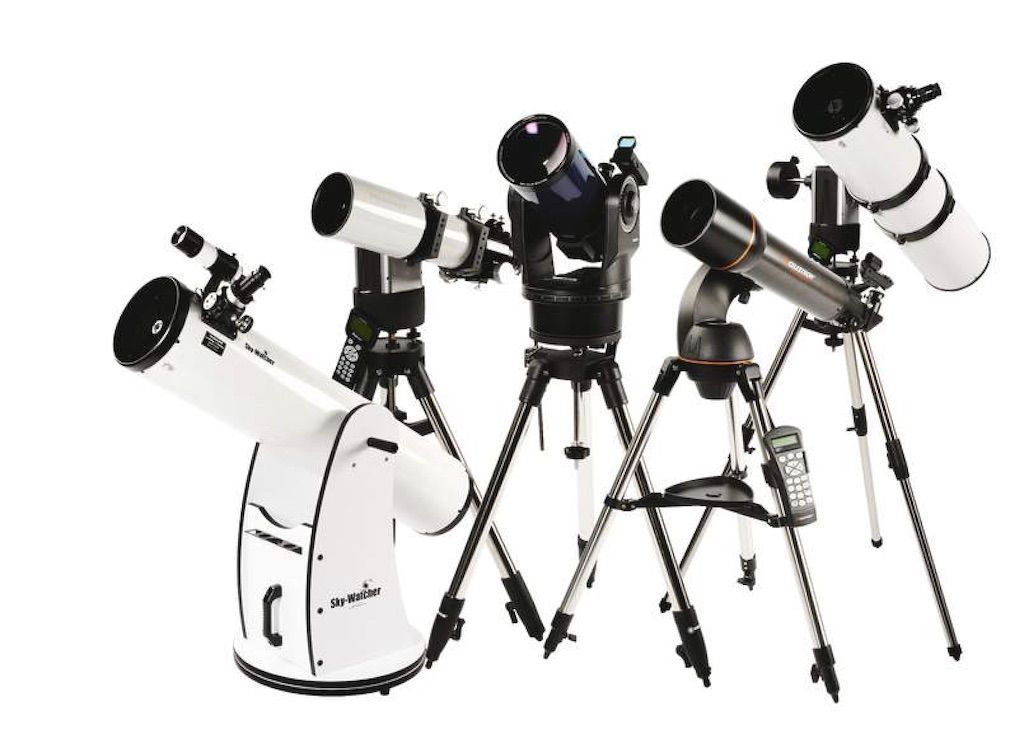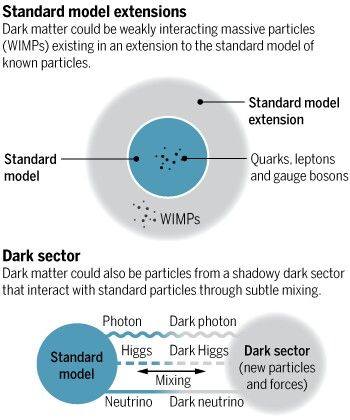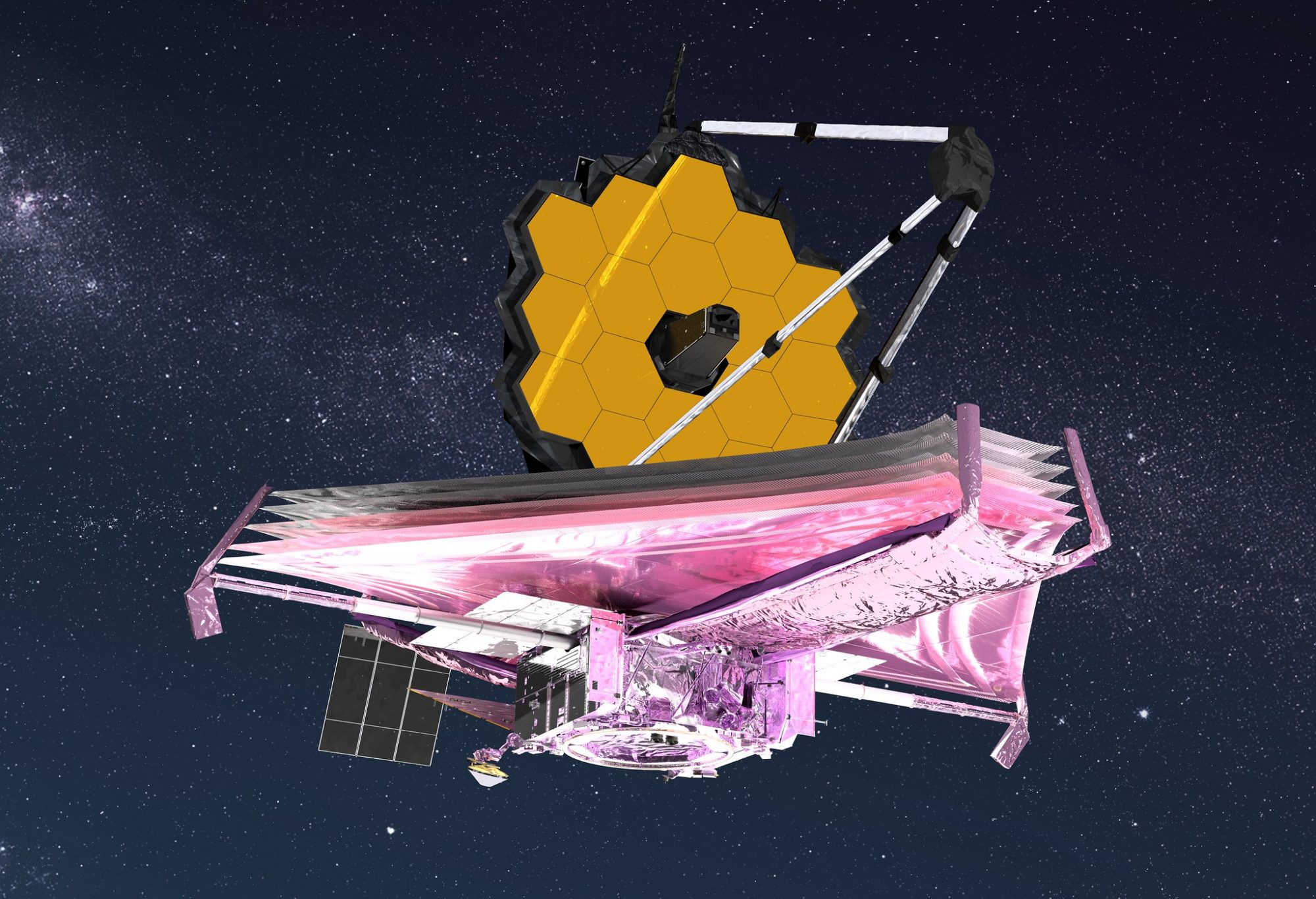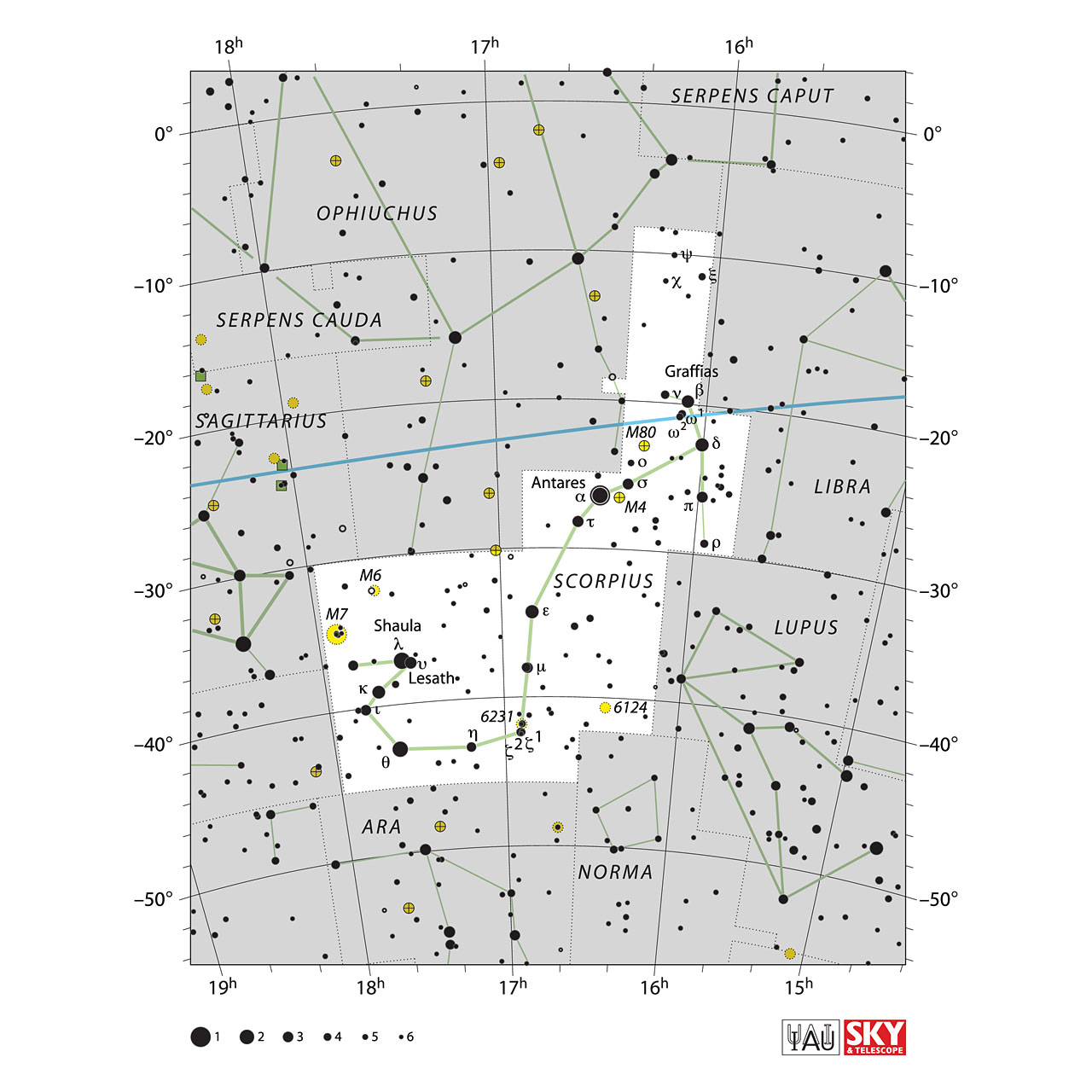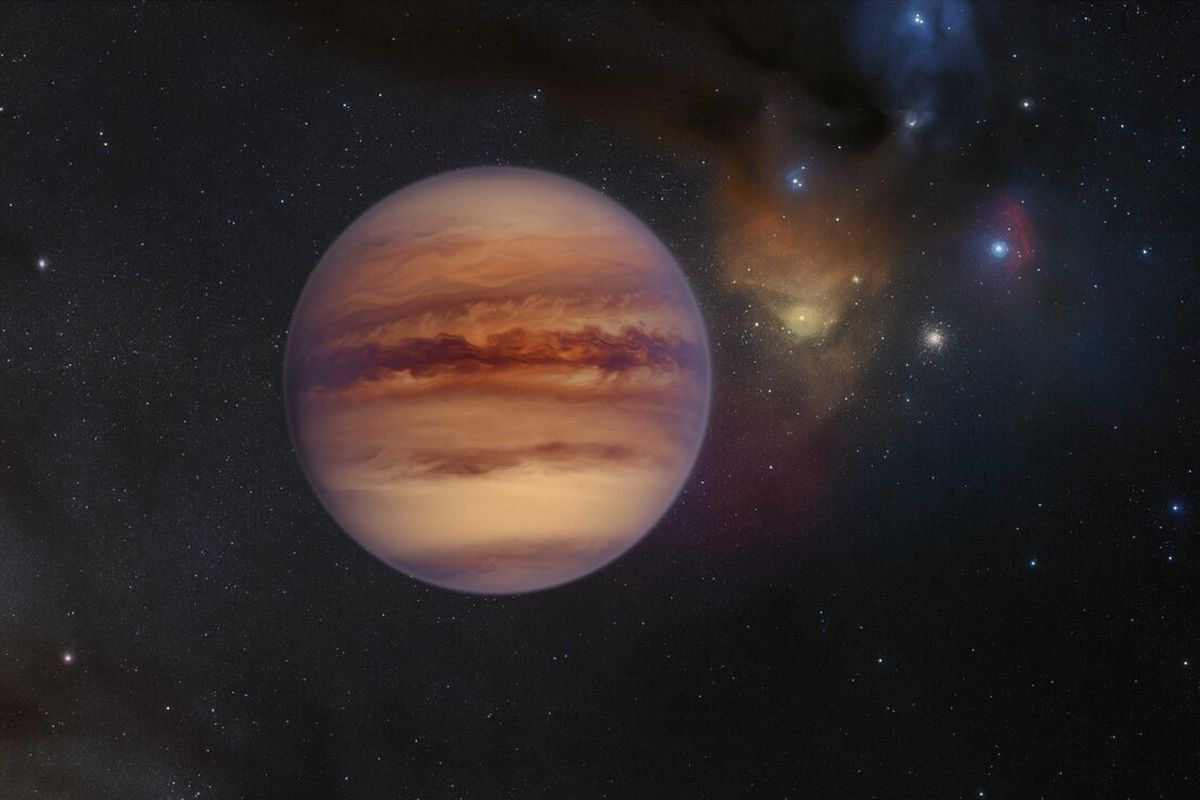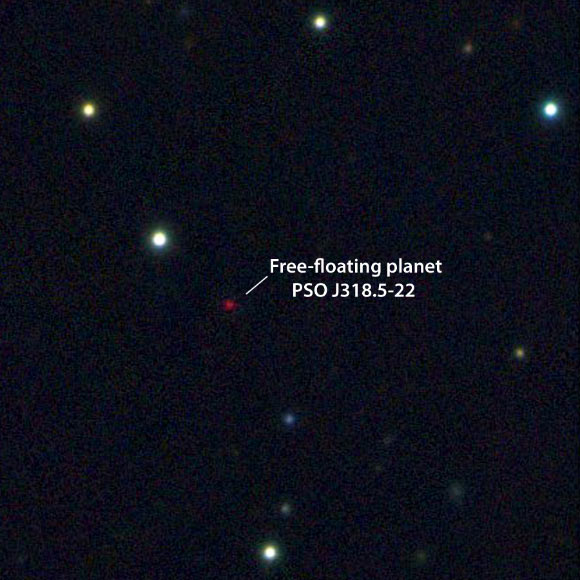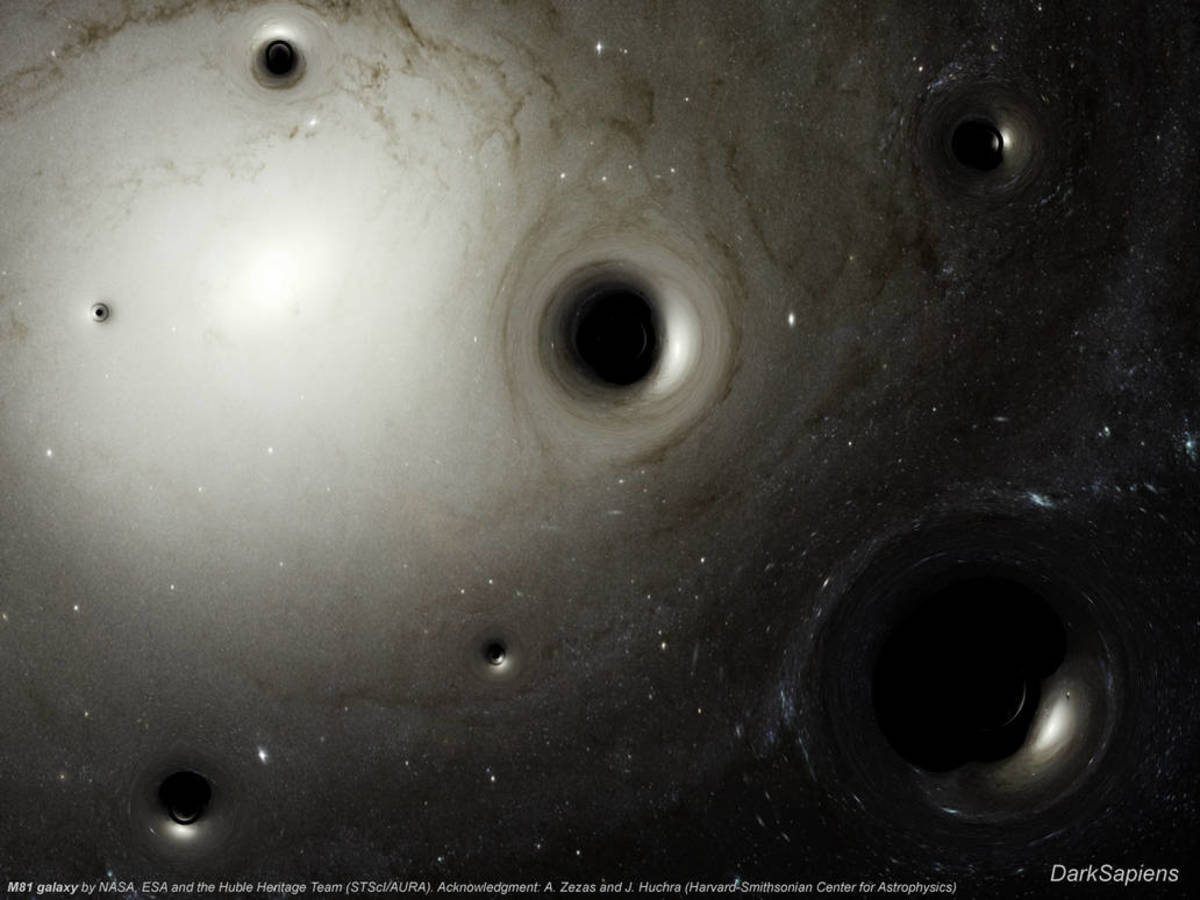We’ve gotten used to big discoveries about the Universe being made by space telescopes. Hubble, the Chandra X-ray and the Kepler planet hunting telescopes have all revolutionized our picture of Universe, both near and far, big and small. Now it’s NASA’s James Webb Space Telescope (JWST) along with the European Space Agency’s (ESA) Euclid space telescope that are making the discoveries so in this post I’ll be discussing one from each. I’ll start with JWST.
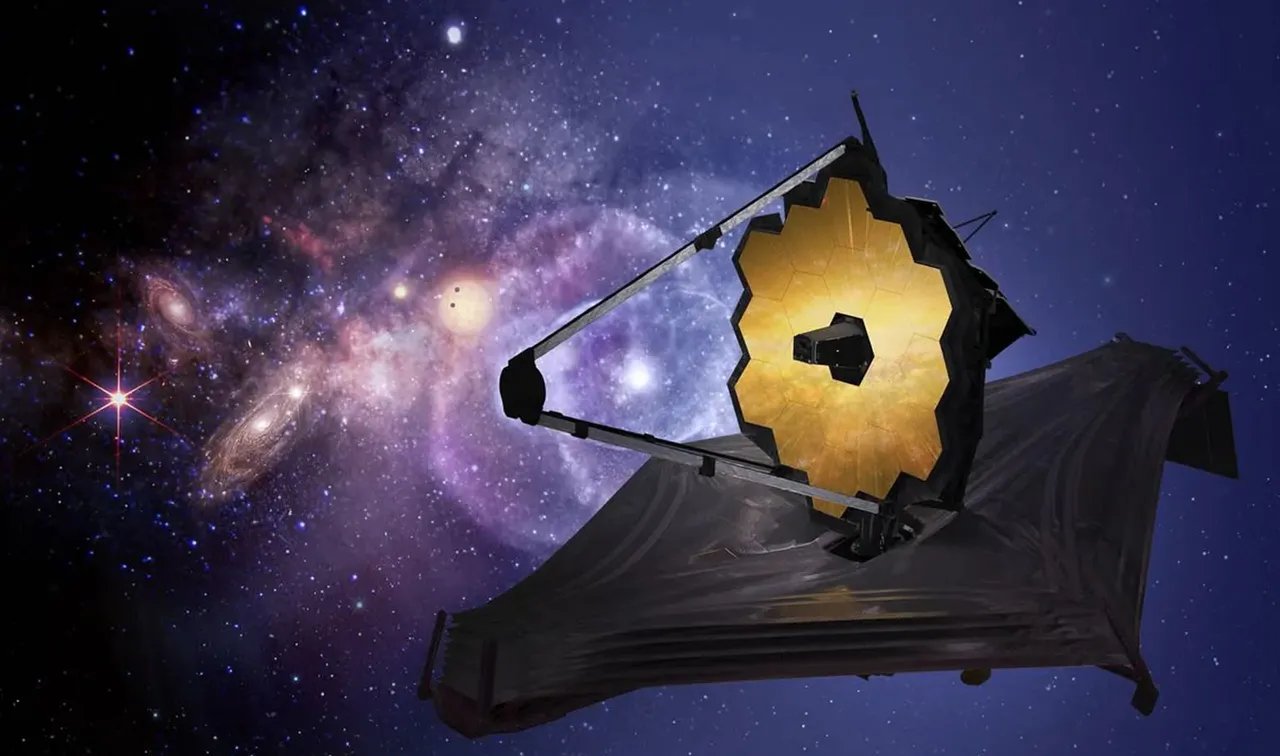
Although it will be making other observations the JWST was primarily designed to peer back further in time than Hubble or any ground-based telescope can. How does JWST look backward in time? Well since the speed of light is a finite 3×108 m/s you’re actually always doing that. You see if you look at the Moon you’re actually not seeing the Moon as it is but the Moon as it was about a second and a half ago because that’s how long it took the light that’s entering your eyes to get from the Moon to you!
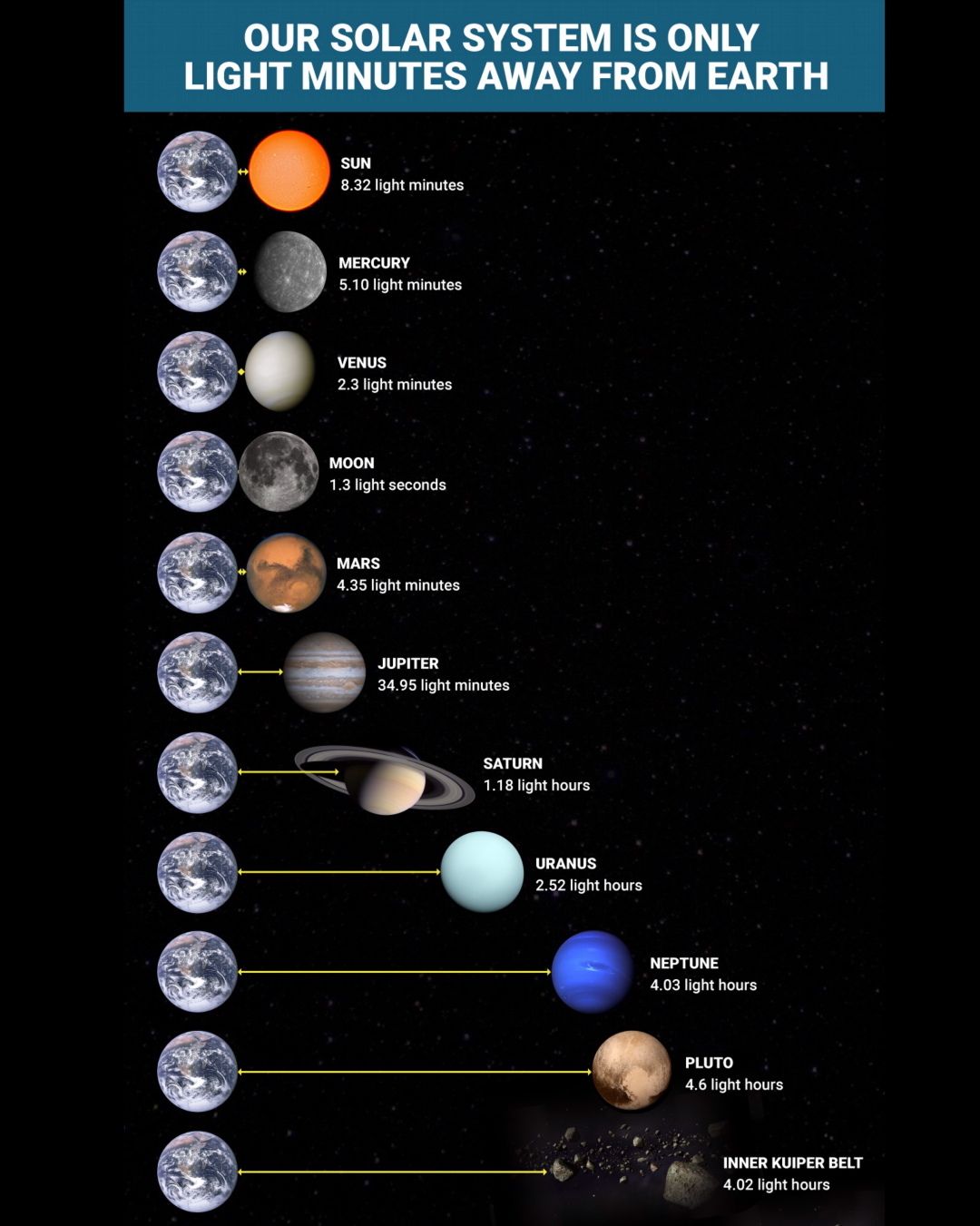
Similarly if you look at the planet Jupiter you’re really seeing it as it was about 35 minutes ago, because Jupiter is so far away that it takes light about 50 minutes to get from the planet to your eyes. The brightest true star in the sky is Sirius at a distance of about 10 light years so that means when you look at Sirius you’re really looking 10 years into the past. Finally, if you manage to find the Andromeda galaxy, the furthest object you can see with your unaided eye, you’ll be looking about two and a half million years into the past!
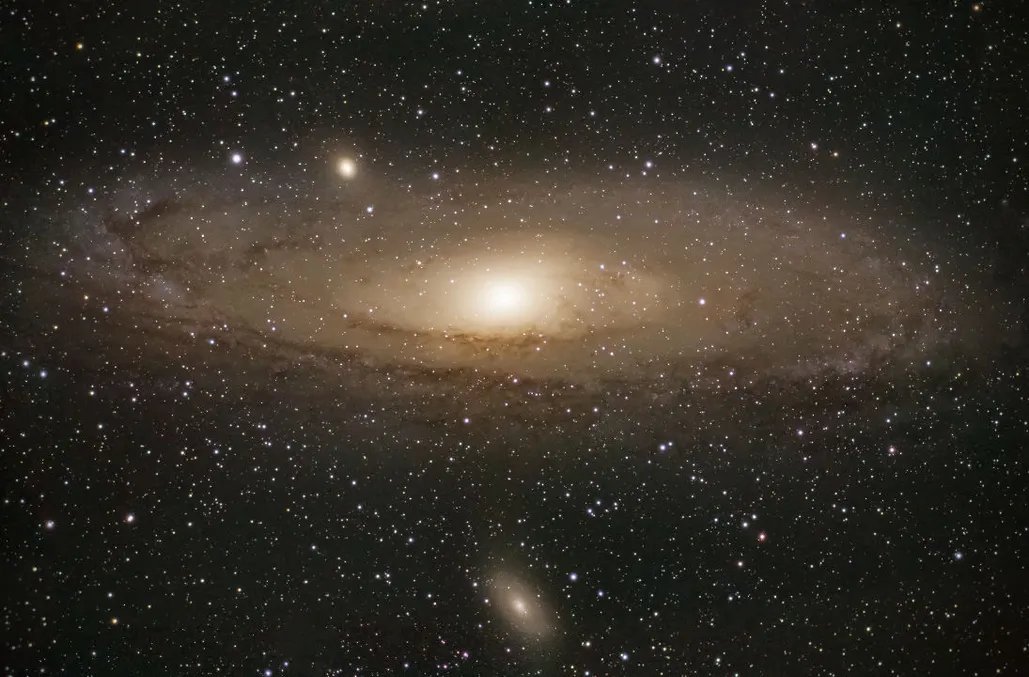
So, when astronomers want to see what conditions were like in the early Universe, less than a billion years after the Big Bang let’s say, all they have to do is look far enough away. About 13.5 billion light years away if our calculations are right about the Big Bang. There are a couple of problems with that however, first of all the further away something is the smaller and dimmer it will appear to be, so you’ll need a bigger telescope. Oh, and you’d better put your telescope in space because the gas molecules moving around in Earth’s atmosphere will just smear whatever images you try to take.

There’s a second more subtle problem as well caused by the expansion of the Universe that’s called the Doppler effect. Now the Doppler effect is familiar enough to everyone. Picture yourself standing on a sidewalk and a police car or ambulance is coming toward you with its siren blaring. As the vehicle is coming toward you the siren’s pitch is quite high but as it goes past the tone drops noticeably. What is happening is that the sound waves are squeezed together as the car approaches you but then are pulled apart as it recedes. That’s the Doppler effect and it happens to light waves as well as sound.
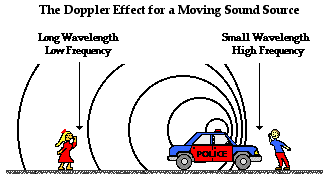
Since the Universe itself is expanding that causes all but a very few nearby galaxies to move away from us and that causes the light from those receding galaxies to get shifted to the red. For a galaxy that’s more than 10 billion light years away it’s visible light, the light we’d like to observe it by, gets shifted all the way into the Infrared requiring much more complicated equipment to make observations. That’s why the JWST was built the way it was and placed into an orbit that’s over a million kilometers from Earth.
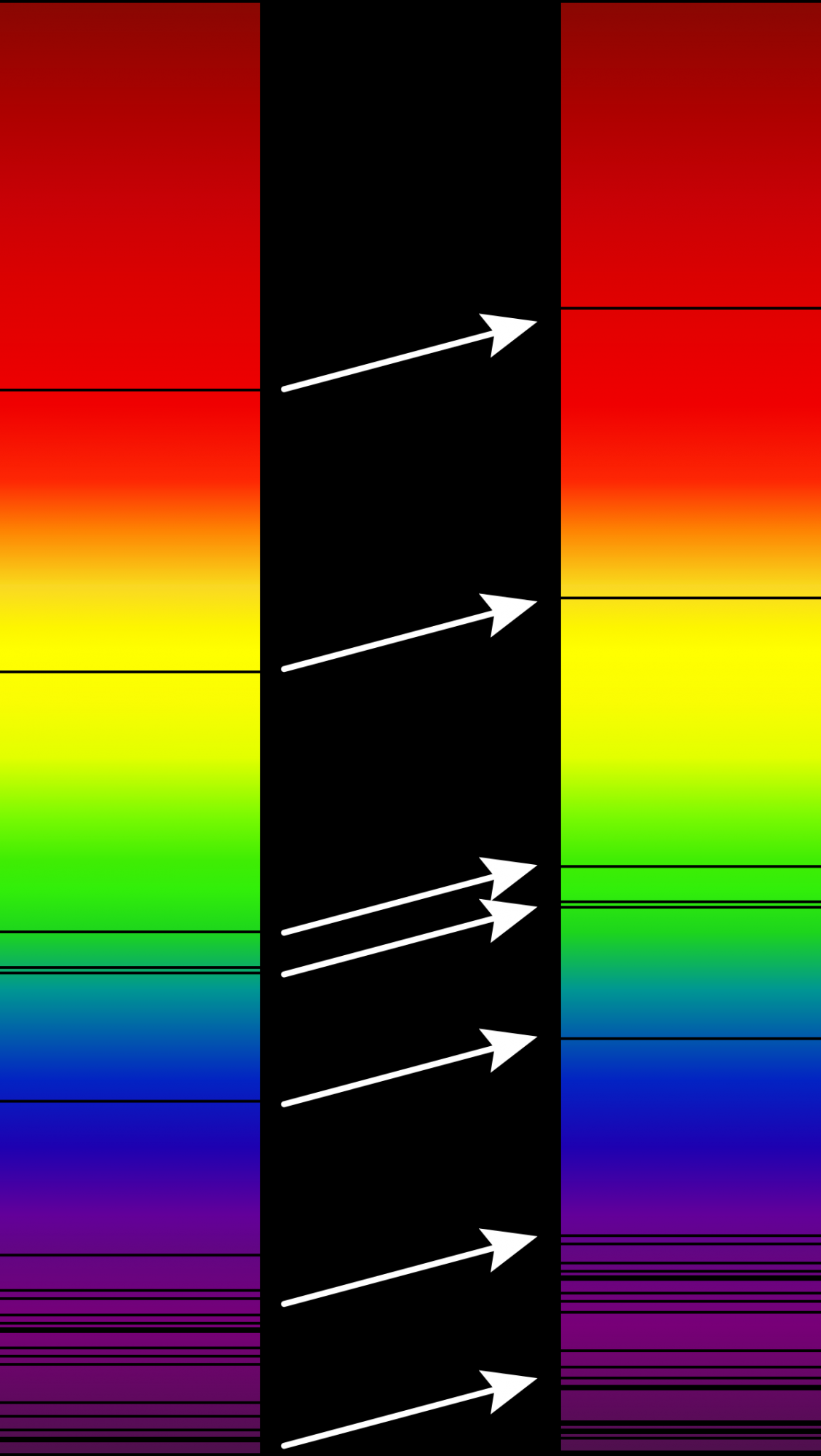
It’s been almost two years now since JWST began its task of studying the early Universe and the first results are starting to get published. In particular it was announced on the 30th of May that JWST had broken its own record for discovering the farthest, and hence youngest galaxy ever observed. The galaxy has been given the designation of JADES-GS-z14-0 and it is estimated to have existed a mere 290 million years after the Big Bang.
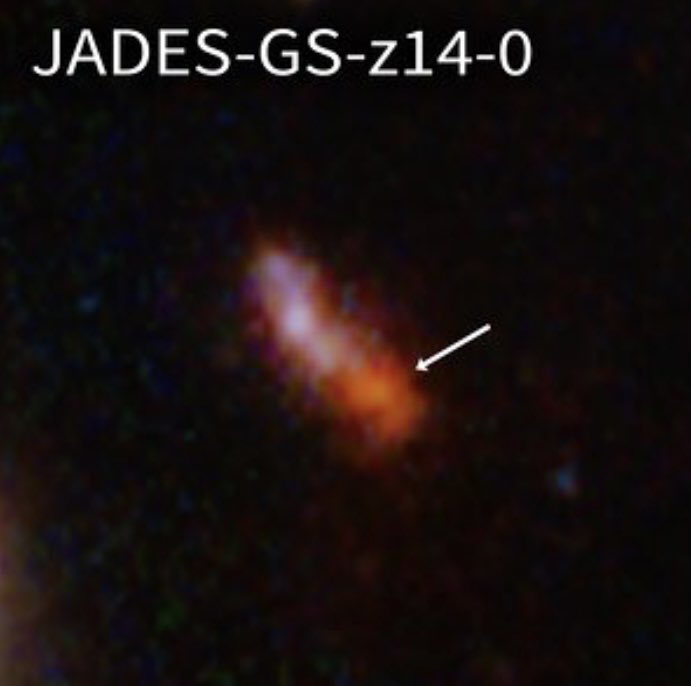
Now JADES-GS-z14-0 is a small galaxy compared to modern galaxies like the Milky Way or Andromeda, being measured at about 1,600 light years across and only having a mass of a couple of million stars. Unlike other early galaxies, which appear to get most of their light from gas falling into the supermassive black hole in their center, JADES-GS-z14-0 seems to get its light from millions of very bright, young stars.
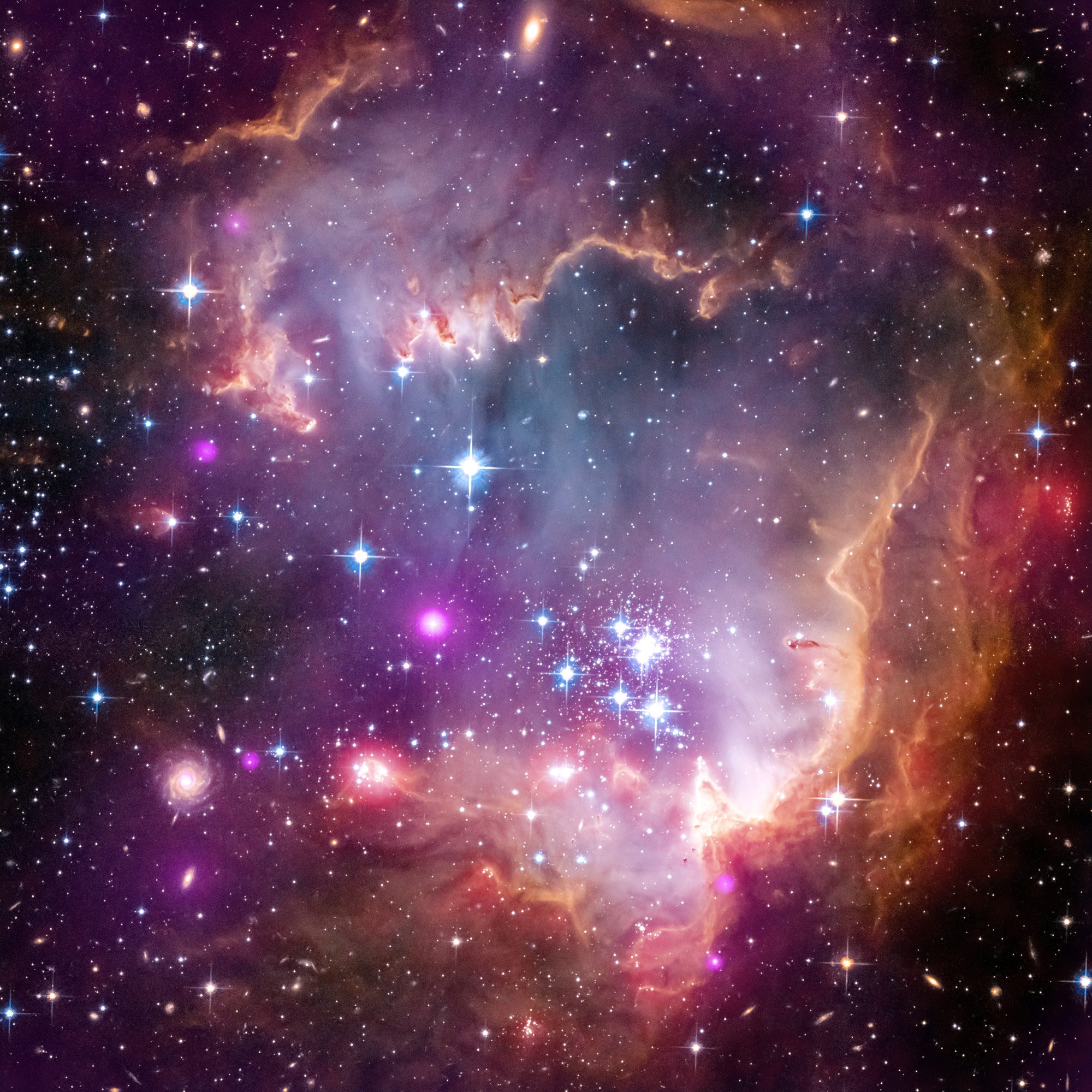
The fact that such a well developed galaxy could have formed in such a short time after the Big Bang has a lot of early Universe theorists scratching their heads but there it is, and it appears certain that JWST will discover more of them in the days to come. So our models of how the first galaxies came into being are just going to have to change to account for the observable facts.
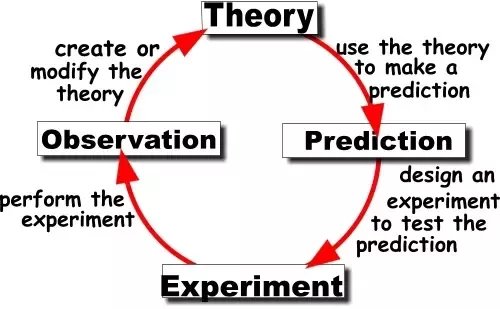
In the same way new observations by the ESA’s Euclid space telescope are upending some of our ideas about how stars form in the present Universe. You see fifty years ago our models of star formation basically started with a gas cloud in the Milky Way collapsing due to gravity. As the cloud condensed it split into smaller clouds each of which was just big enough to then condense further into a star and maybe some planets. At that time we weren’t even certain how many stars had planets.
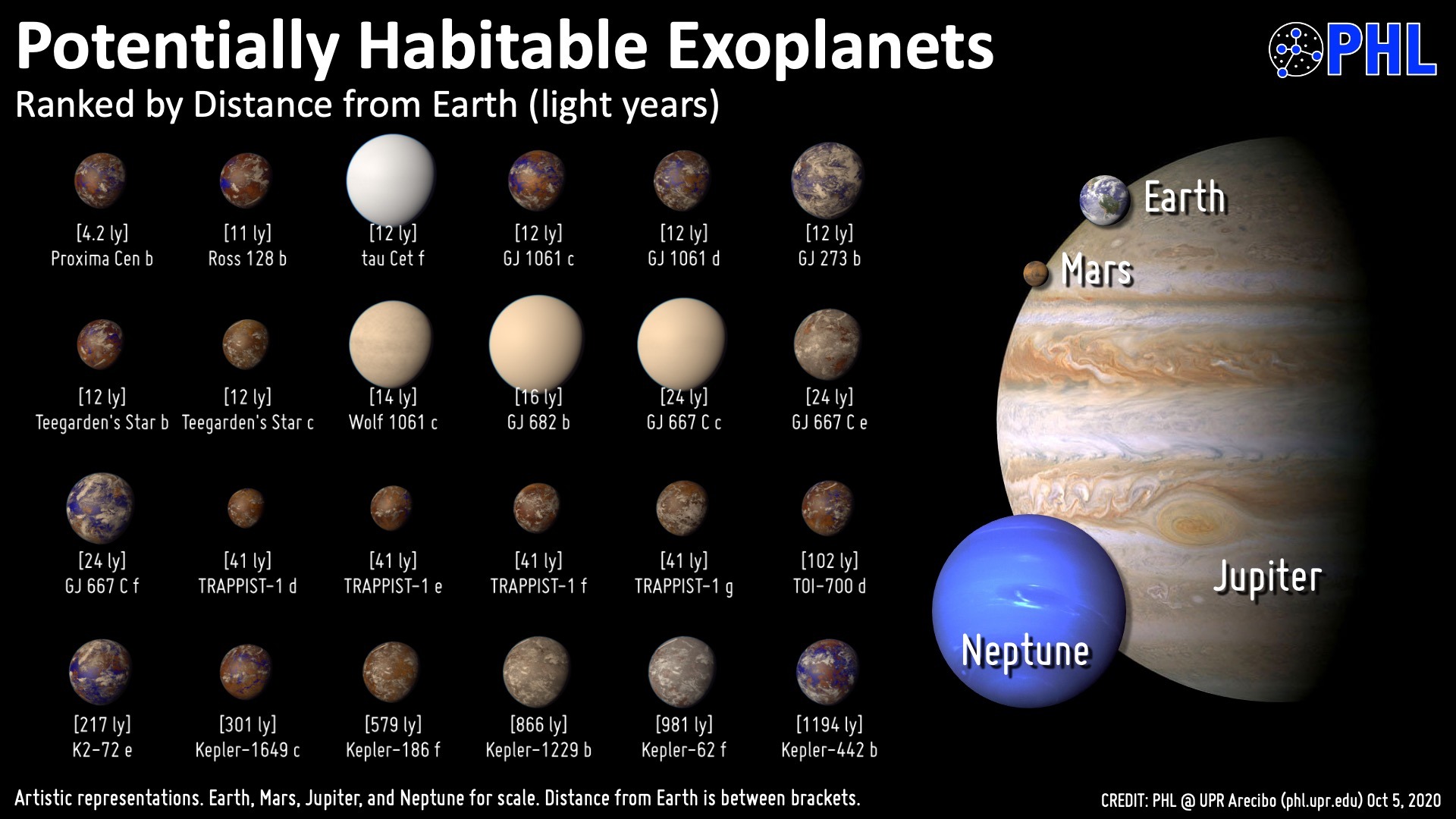
Back then some astronomers suggested that there might be objects smaller than stars roaming interstellar space, objects too small to ignite the nuclear fire that makes stars shine so they would be dark. These proposed objects were given the name Brown Dwarf stars, but nobody knew how to find them. Well over the last decade or so we’ve found a couple of dozen and so brown dwarfs are now a recognized part of the celestial zoo. (See my posts of 22September 2021 and 19August 2023 for more about Brown Dwarf stars)
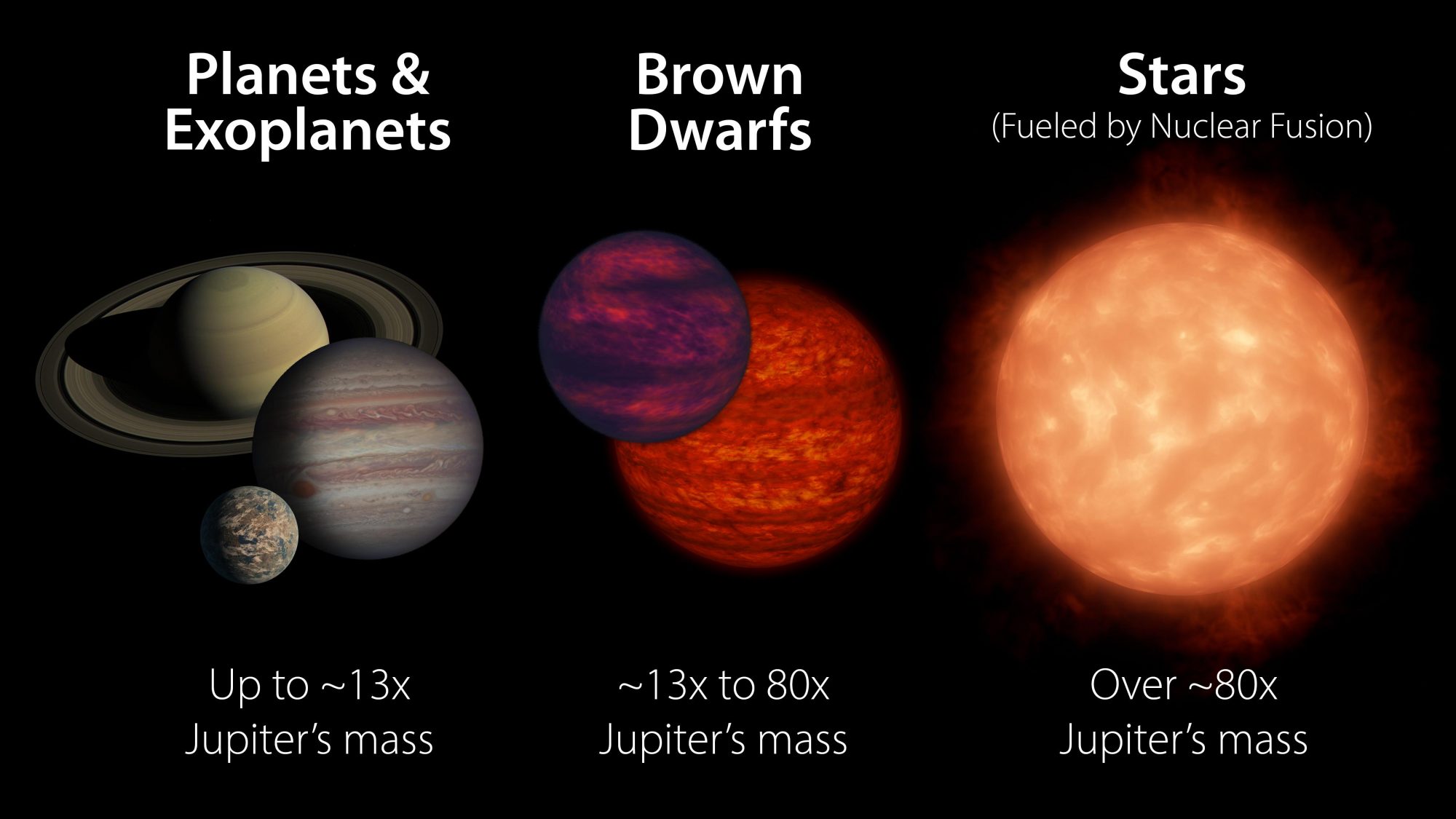
So if brown dwarfs are real that begs the question, are there even smaller objects floating through space, planet sized objects that either never belonged to a star or that somehow got kicked out of their solar system. These objects have been named rogue planets and the Euclid space Telescope has discovered seven of them, so far!
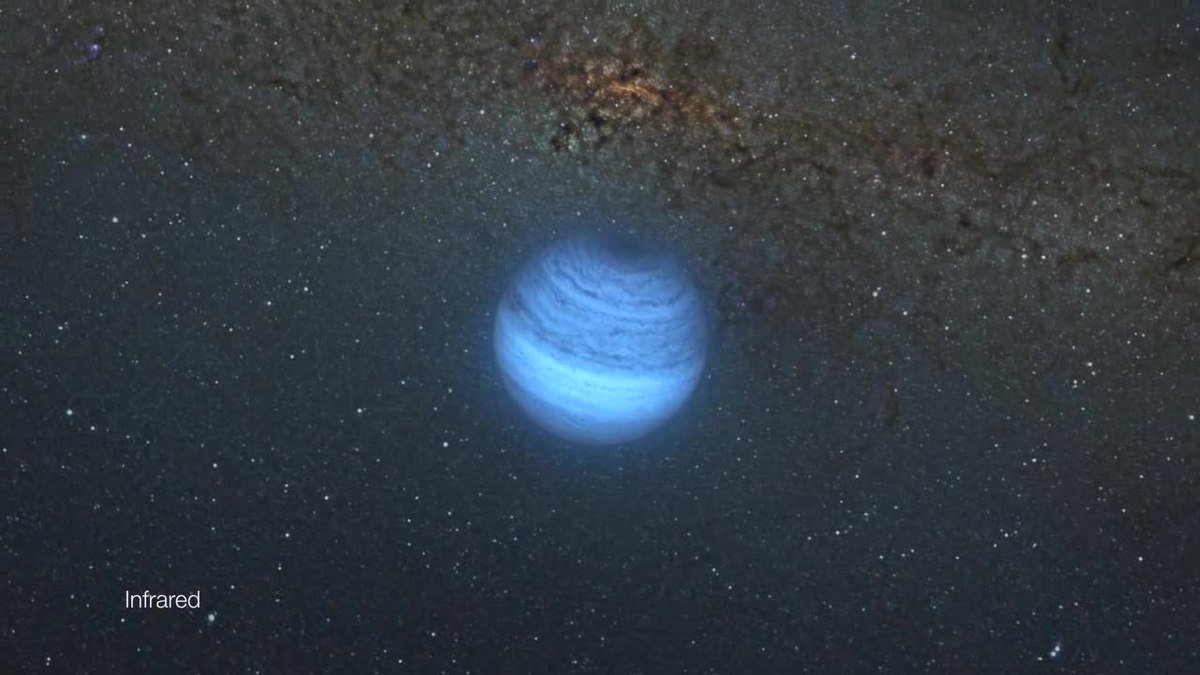
Just imagine an object, just about the size of our Earth that for billions of years has been traveling through the galaxy without the warmth of any star, cold and alone. Some astronomers are already suggesting that our galaxy may contain more than a trillion such rogue planets. After all with the mass of a single star you could make hundreds of thousands of planets so if the stellar nurseries that produce the stars also make rogue planets there probably are more of them out there than the stars.
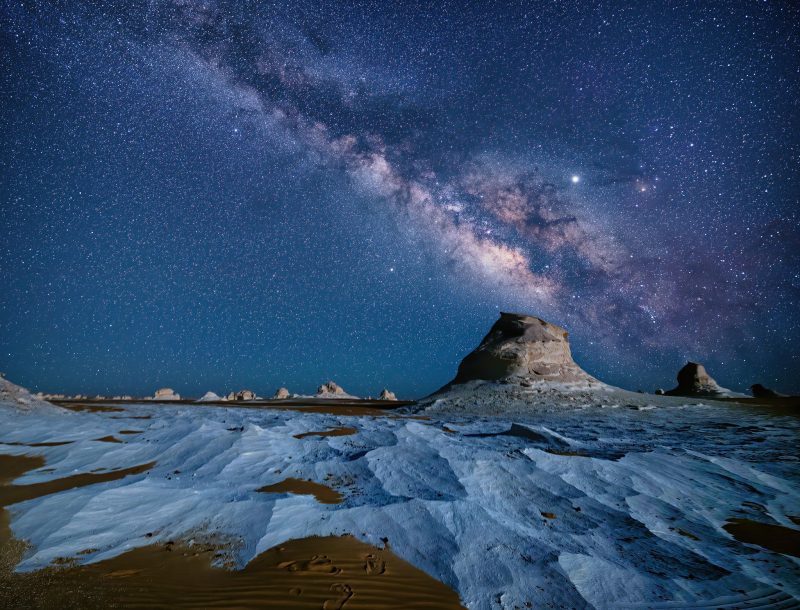
Every time we look at the Universe with newer, better instruments we find new and unexpected objects out there to understand.


